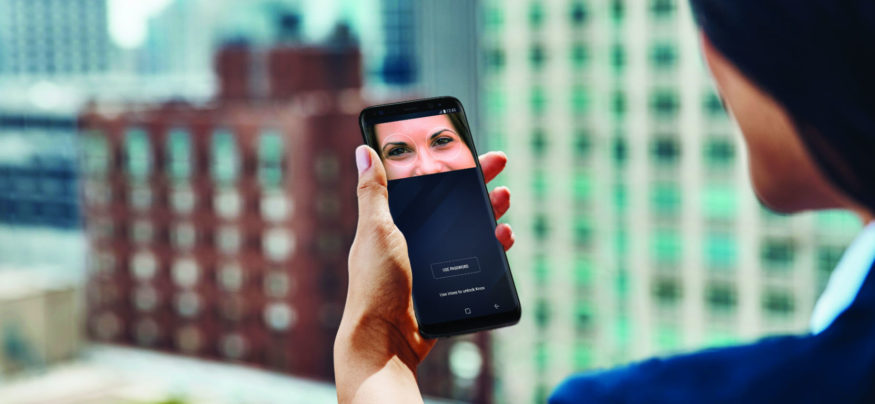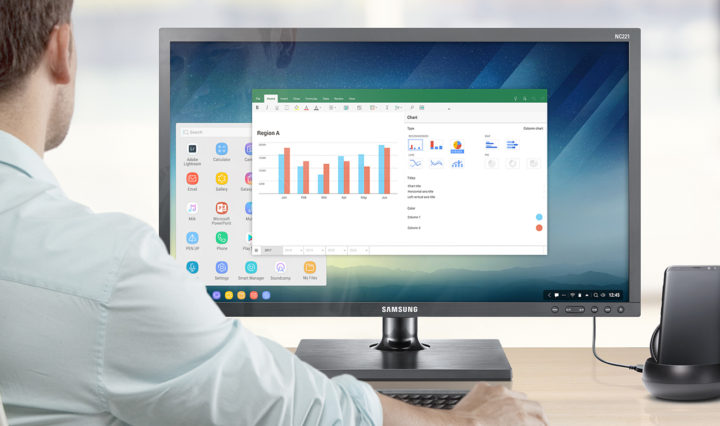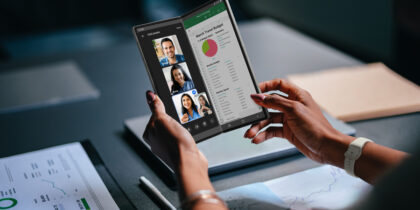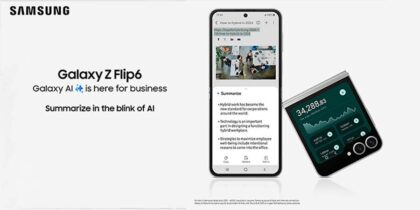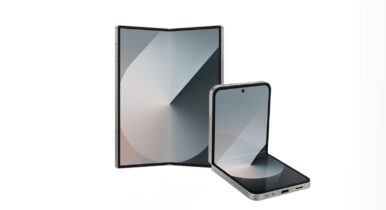Making predictions about what technology will do in the future is always challenging. There are many reasons for this. The pace of change is hard to predict. And it is not just the speed of new technology developments, but also the social and economic impacts enabled by new technologies.
“Mobile” is a perfect example. Twenty years ago, mobile (or “cellular” as it was called then) was a very expensive technology limited to senior managers and some members of the sales team. The customer training team worked in the office on desktops, and had a single laptop they might use for on-site training. That’s when they weren’t using printed acetates of slides projected on overhead projectors! This was a “mobile-last” workforce.
Today, we are on the cusp of mobile-first: Where mobile devices (phones, tablets, laptops and wearables) are being used throughout the workforce.
The rise of the mobile workforce has resulted in the rapid evolution of mobile computing technology — with multiple form-factors from hybrid 2-in-1 devices all the way down to the smartwatch on my wrist. The question is, where do we go from here?
A Formula for the Future
If you want to understand the future of mobile computing solutions and other technical innovations, one way is to ponder this equation for a moment:
IT Needs + User Needs = Future Offerings
To oversimplify slightly, IT wants to provide better security while also lowering the cost of managing technology.
The average user (i.e., employee) wants to be delighted. They want increasingly powerful technology that’s easy and intuitive to use. Focus on one side of the equation, and you’ll miss the mark. Focus on both, and you’ll be able to understand the mobile market as it continues to race ahead.
This equation explains why the Samsung Galaxy S8 and S8+ smartphones include iris scanning, which allows you to unlock your phone by holding it up to your eyes (think: security selfie). It means no one else can open your phone, even if you’ve spent the past 10 years using “password” for your password. Easy for you, safer for IT. For too long, companies have been waging a losing battle over social engineering, which basically means hackers exploiting employees to gain access to their technology. Teaching people to memorize 20 different passwords every two months is not the answer; freeing people of this obligation is a far better way to go.
Increase Productivity With a Mobile Desktop
Here are three ways you can save time with Samsung DeX. Download Now
Work Smarter With Fewer Devices
Another way to lower the costs of IT and make employees’ lives easier is to make it possible to work easily with one primary device. The Samsung Desktop Experience, better known as Samsung DeX, lets you drop your phone into a docking station and use it with a keyboard, monitor and mouse. This setup won’t eliminate a desktop or laptop for all users, but some may find it becomes all they need. Better experience, lower costs. This arrangement is especially interesting because it builds on the “sharing economy” mindset — your meeting rooms, guest offices and other common areas might have such docking stations, each of which serves the needs of numerous users. Once again, this setup offers more convenience with lower costs.
To put this in user terms: Why carry around something larger and heavier than you need?
The Future of Mobile Computing Solutions
Do I foresee the end of desktop or laptop computing? Not really. But I do anticipate devices getting smarter, more functional and working more seamlessly together.
One last point: Terms such as phones and mobile devices aren’t specific enough to describe the different needs that different people have. An auto mechanic may need a wearable device to keep their hands free, as might also be the case for a physician. But a sales professional might prefer a larger device to make it easier to share insights with customers and demonstrate new offerings. Fewer devices do not equate to fewer options; the reality will likely be completely the opposite. The easiest way to grasp this is to consider whether you would trade your actual phone for my actual phone. Most people recoil at the thought, because from the day you first bought it, you’ve been customizing it to your needs … or maybe, more accurately, to your eyes.
Technical innovations come and go, but the equation at the top of this page is going to stick around for many, many years.
The next generation of mobile computing allows you to unlock your phone with a look
